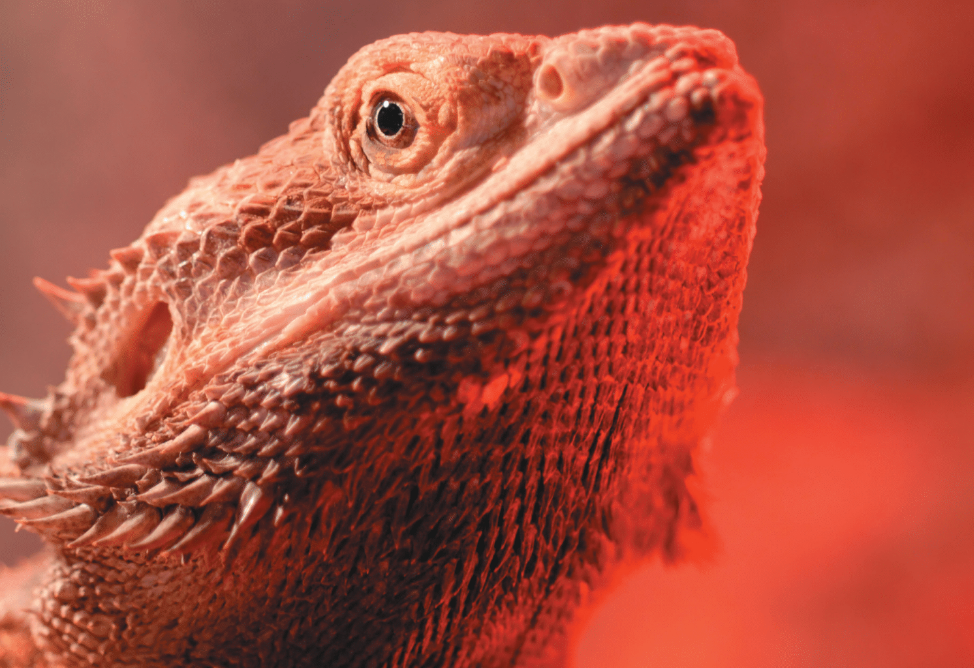Health, Well-Being of Reptiles Must Remain Top Priority
John Mack //July 17, 2018//
When selling live animals, our singular focus must always be on one thing: the health and well-being of the pets we provide. While we in the reptile business tend to focus on new and interesting morphs, advancements in supply and food technology, and on finding ways to keep reptiles moving into the hands of our would-be customers, all of these things must be considered to the health of our animals. Those reptiles’ health and well-being must be maintained, from the day they hatch, for the duration of their time in our care, and throughout their lifespan as a household pet.
Your first and best ally in maintaining your reptiles’ health is your store’s local veterinarian. Luckily, the digital age has provided us a phenomenal resource in this: the Association of Reptilian and Amphibian Veterinarians (ARAV). ARAV serves as both a professional organization for veterinarians and as a source of information and networking for breeders, store owners and pet owners. ARAV hosts its own convention, ExoticsCon, which will be held this September in Atlanta, Georgia, and provides online courses to aid in educating stakeholders in reptile health. Most useful, though, is its “Find a Vet” page: a searchable database of the group’s membership, wherein you can find a number of qualified vets within proximity of your store. With these tools, you can easily locate a suitable vet for your store and begin cultivating a great, long-lasting relationship.
My past few articles have discussed the core of providing reptile care: food and shelter. And while food and caging are part of maintaining a reptile’s health, another key component of maintaining a reptile’s health comes through maintaining proper vitamin intake. The most known of these is reptiles’ need for Vitamin D3. Without Vitamin D3, reptiles cannot process dietary calcium and, to add difficulty, most reptile food items do not carry enough calcium to promote a strong reptile skeleton. And without ultraviolet light—specifically UVA and UVB wavelengths—reptiles cannot properly synthesize D3; the vitamin does no good unless the reptile can absorb enough ultraviolet light to break it down properly.
Of course, your store must both use and carry UVA/UVB bulbs for reptile displays. Note that these are not simple, everyday lightbulbs. And, of course, your customers must be educated as to that fact.
“As keepers, we’re continuously attempting to recreate our animals’ natural environment. But we keep leaving out a key element: the sun,” said Ryan McVeigh, marketing brand manager at Zilla.
Attempting to rectify this, Zilla has been at the forefront of developing new ultraviolet bulbs with both a high output of UVA/UVB and low overall energy usage.
“The lower profile bulbs allow for a cleaner look at lower retail prices,” McVeigh said. “As UV lighting continues to become more available through so many options, keeping our reptiles in the light becomes much easier.”
Of course, reptile owners have just as many options in terms of actually providing said supplementation as well as providing the necessary lighting for those supplements to work. I’ve covered reptile vitamin supplementation pretty thoroughly in my two-part live and specialty food articles (see those articles in the April and May issues), though the sheer variety of options available to both you and your customers makes research on your part critically important. While liquid and calcium additives have been the norm within the industry for years, additional advances, such as Repashy’s Superfoods line, Timberline’s Vita-Bugs products, and various forms of gut-loaded insects have opened the metaphorical doors for true innovation on the part of the retailer. Key to your best store is, of course, knowledge. Learn what works best for the species you carry and see what options are at your disposal. And once you have that knowledge, be sure to couple the supplements you carry with the care sheets you distribute to your staffers and your customers.
For aquatic species, another item bears mention here: UV sterilizers. Used in conjunction with more traditional filtration systems in aquariums, UV sterilizers aid in keeping water clear and free from both microorganisms and various forms of algae by effectively irradiating these microbes with ultraviolet light. As UV light is capable of targeting such germs without chemical interference, misuse of which may be harmful to a pet, these filtration systems can be particularly desirable for those who are seeking a low-maintenance habitat. Some such sterilizers even come as part of a larger filtration unit, allowing potential customers to combine their reptiles’ needs into a single purchase.
One major point of education on UV sterilizers—for both your staff and your customers—comes in terms of understanding the relationship between the wattage of the bulb in a UV sterilizer and the maximum flow rate that the sterilizer provides. The more hardy the microbe, the more UV exposure that microbe needs to be eradicated. Ensure that you both do your research on the varieties of UV sterilizers that you carry and that you disseminate that information to your staff and your customers.
Keeping your reptiles healthy should always be the foremost priority in the whole of your sales process. Your ability to provide healthy animals, intelligent advice and cogent discussion with your customers makes your store into a preferred destination for reptile lovers throughout your area. Your customers trust you to provide the best in reptile know-how; don’t let them down!



















